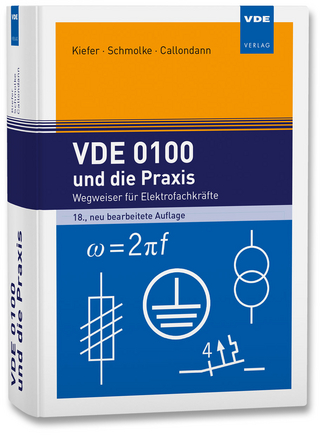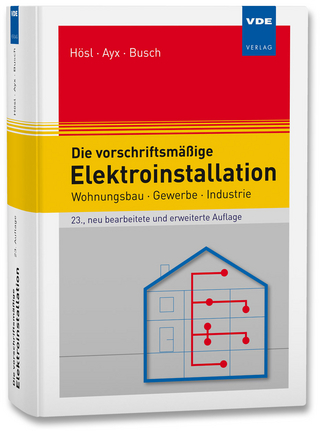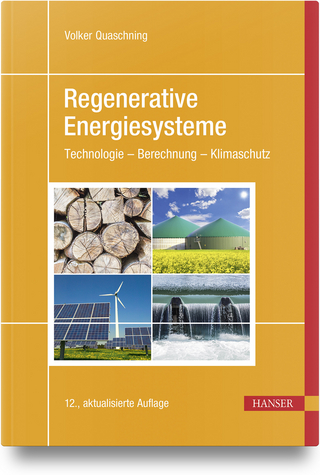
Energy Efficient Microprocessor Design
Springer (Verlag)
978-0-7923-7586-9 (ISBN)
1 Introduction.- 1.1 The Need for Energy Efficiency.- 1.2 The Performance-Energy Trade-off.- 1.3 Book Organization.- 2 Energy Efficient Design.- 2.1 Processor Usage Model.- 2.2 CMOS Circuit Models.- 2.3 Energy Use Metrics.- 2.4 Energy Efficient Design Observations.- 2.5 Dynamic Voltage Scaling.- 3 Microprocessor System Architecture.- 3.1 System Architecture.- 3.2 Processor Core.- 3.3 Cache System.- 3.4 System Coprocessor.- 3.5 Summary.- 4 Circuit Design Methodology.- 4.1 General Energy-Efficient Circuit Design.- 4.2 Memory Design.- 4.3 Low-Swing Bus Transceivers.- 4.4 Design Constraints Over Voltage.- 4.5 Design Constraints for Varying Voltage.- 5 Energy Driven Design Flow.- 5.1 Overview.- 5.2 High-level Energy Estimation.- 5.3 Clocking Methodology.- 5.4 Power Distribution Methodology.- 5.5 Functional Verification.- 5.6 Timing Verification.- 6 Microprocessor and Memory IC’s.- 6.1 Microprocessor IC.- 6.2 Processor Architecture.- 6.3 Memory IC.- 7 DC-DC Voltage Conversion.- 7.1 Introduction to Switching Regulators.- 7.2 PWM Operation.- 7.3 PFM Operation.- 7.4 Other Topologies.- 7.5 Dynamic Voltage Conversion.- 8 DC-DC Converter IC for DVS.- 8.1 System and Algorithm Description.- 8.2 External Component Selection.- 8.3 Frequency Detector.- 8.4 Current Comparators.- 8.5 Power FETs.- 8.6 Efficiency Simulations.- 8.7 Measured Results.- 9 DVS System Design and Results.- 9.1 System Architecture.- 9.2 Interface IC.- 9.3 Prototype Board.- 9.4 Software Infrastructure.- 9.5 Evaluation.- 9.6 Comparisons and other related work.- 10 Software and Operating System Support.- 10.1 Software Energy Reduction.- 10.2 Software Environment.- 10.3 System Architecture.- 10.4 Benchmarking.- 10.5 DVS Operating System.- 10.6 Voltage Scheduling Algorithms.- 10.7 Algorithm Analysis.- 10.8 Commentsand Possible Further Directions.- 11 Conclusions.- 11.1 Energy Efficient Design.- 11.2 Current Industry Directions.- 11.3 Future Directions.
| Erscheint lt. Verlag | 31.10.2001 |
|---|---|
| Zusatzinfo | XII, 357 p. |
| Verlagsort | Dordrecht |
| Sprache | englisch |
| Maße | 155 x 235 mm |
| Themenwelt | Technik ► Elektrotechnik / Energietechnik |
| ISBN-10 | 0-7923-7586-6 / 0792375866 |
| ISBN-13 | 978-0-7923-7586-9 / 9780792375869 |
| Zustand | Neuware |
| Informationen gemäß Produktsicherheitsverordnung (GPSR) | |
| Haben Sie eine Frage zum Produkt? |
aus dem Bereich


